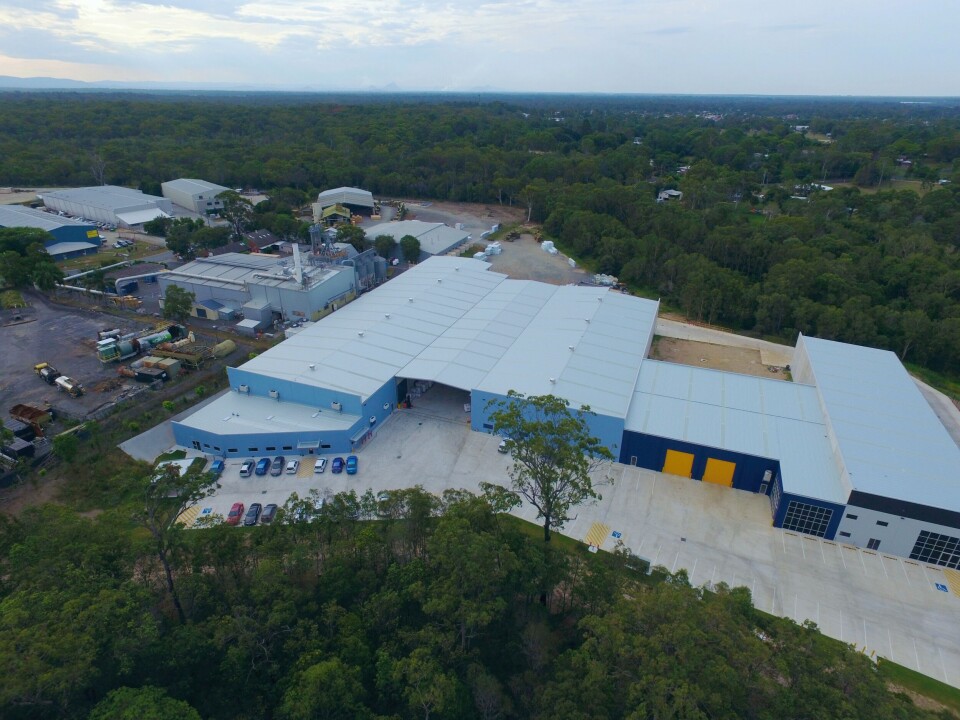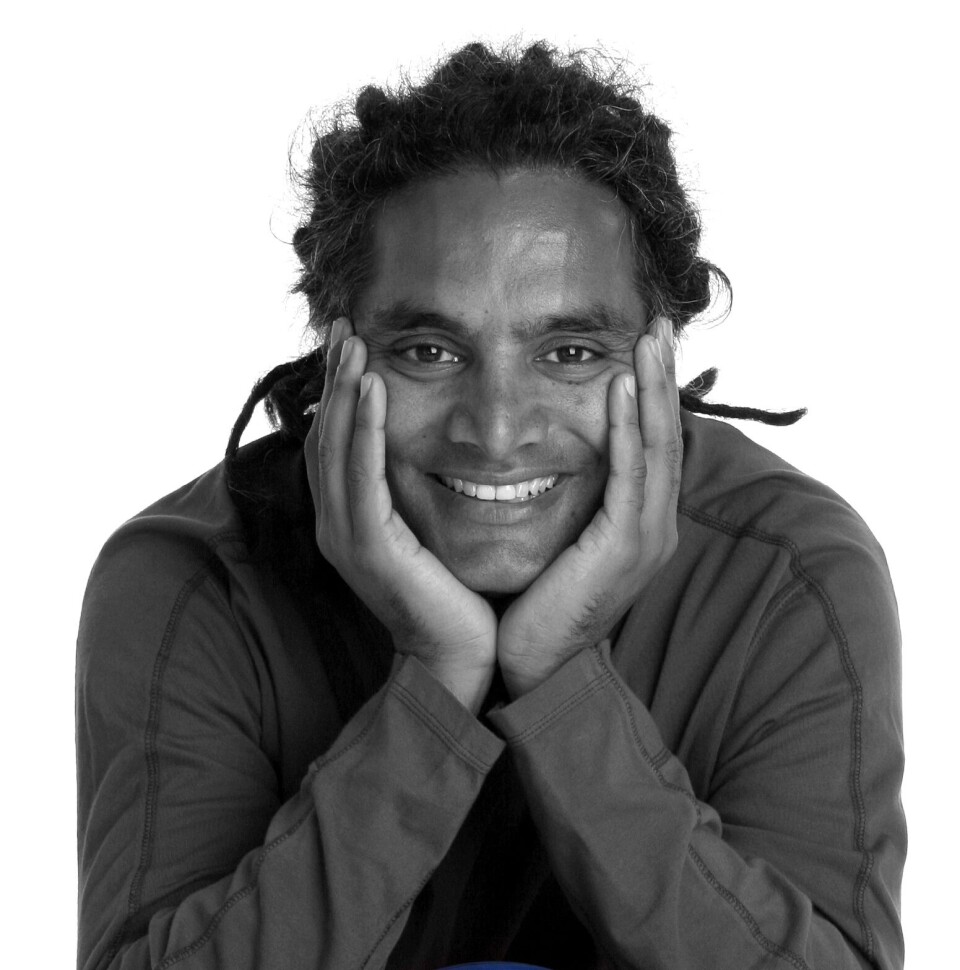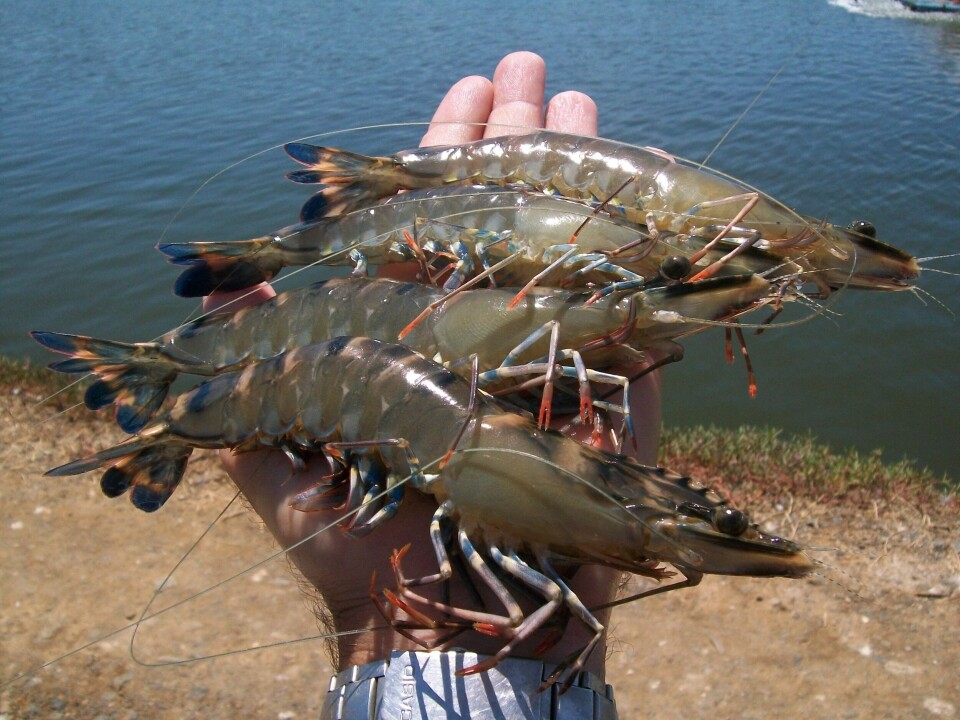
Feed co relishes marine-free challenge
The chance to take part in a competition to produce 100,000 tonnes of fish-free aquafeed, and win a prize of $200,000, has been greeted with great enthusiasm by Ridley.

The Australian feed manufacturer was recently included on the eight-firm shortlist for the F3 Fish-Free challenge and Dr Sunil Kadri, their Head of Sales and Business Development, explains to Fish Farming Expert why they’ve embraced the competition.
What sort of ingredients are you planning to use to replace fishmeal (FM) and fish oil (FO) in your feeds?
A key enabler for us is our novel feed ingredient Novacq , as well as a new protein source which we have developed in-house. Novacq is a natural prawn feed ingredient/additive that is derived from a marine microbial process which involved over 10 years of research and development by Australia's CSIRO. Novacq has generated worldwide interest and Ridley has secured the exclusive rights to produce and market the additive in Australia, Thailand, Indonesia, Malaysia and the Philippines. It is a ground-breaking novel feed ingredient that acts as a metabolic stimulant when included in prawn feed diets. It increases the prawn’s food intake and permits the animal to utilise the feed more efficiently. Because of this, the prawn will grow faster (gain more weight and/or provide shorter harvest cycle times) and use less feed (improve feed conversion). Novacq can also be used to help replace scarce fishery resources such as fishmeal in prawn diets, which is important for consumers, retailers and overall industry sustainability.
How far have you progressed with your trials – in terms of formulation and in terms of feed trials?
Both Novacq and our proprietary protein ingredients are in commercial scale trials for a full product cycle at present.

Strong progress has been made over the last 12 months, with prawn feed tank trials including the Novacq ingredient consistently demonstrating growth rate improvements in the vicinity of 40% or more, improving feed conversion rates, and improving animal well-being via enhanced resistance to the challenge of viral/bacterial attacks and thereby increasing survival rates.
These impressive growth results were proven first in tank trials with CSIRO in Australia, and more recently in Thailand. The results are now being mirrored in full scale commercial production trials in both Australia and Thailand.
Why you’re targeting the shrimp industry?
We identified the need to advance sustainability of shrimp feeds a decade ago, and began the work which led to the launch of our Perform Plus NoCatch diet for shrimp last year. Along the way we took on the licence for Novacq and have worked hard on the concept for several years in order to bring it to commercial fruition.
Moreover, fishmeal has more than doubled in value in recent times, due to the growth of the aquaculture industry and stricter management of the wild fisheries stocks. Novacq will greatly assist in overcoming consumer concerns, as farmers will no longer have to rely on meal produced from wild caught fish.
As part of the Novacq commercialization journey, in early 2016 we signed a joint venture with Pen Ngern Feedmill (PNFM) in Thailand who also operate the Sureerath Prawn Farm, in order to bring Novacq and other novel ingredients to the wider Asian market. The mill is located in Thailand’s prime prawn-growing Chanthaburi region and has an existing capacity of 30,000 tonnes per annum, with infrastructure in place to expand to 55,000 tonnes per annum for minimal capital outlay. The Fish Free Feed Challenge thus fitted very well with the roll out of our strategy of expansion into the international shrimp feed market.
What appeals about the prize and whether you think the 100,000 tonne goal is realistic in the timeframe (by 15th September 2017)?
Our involvement in the Fish Free Feed Challenge is as much, if not more, about being part of the effort to reduce dependence of aquaculture on fisheries as demand from the former outstrips supply from the latter. The challenge has invited finalists to an event to meet each other and some interesting stakeholders/innovators early in 2017: participation in this event in itself will be a great prize, and very helpful to our journey.
There are some huge tilapia feed producers among the finalists, and they are the likely prize winners, as tilapia are naturally herbivorous and hence easier to make such a feed for. They also have huge production volumes, which may well make the 100,000 tonne goal realistic, depending on where they have got to in the commercialization of their fish-free diet.























































